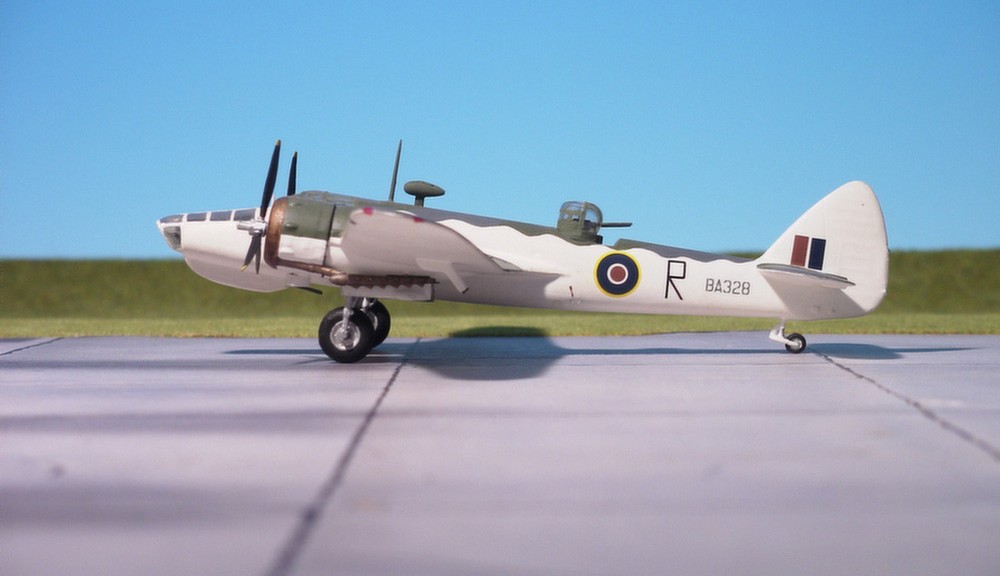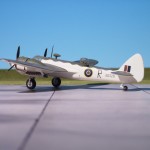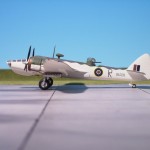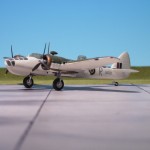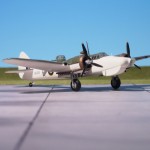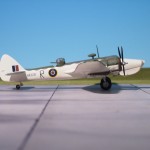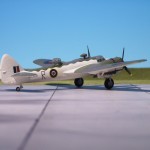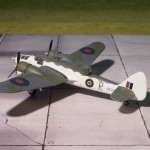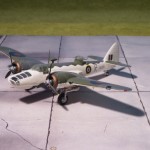TYPE: Light bomber
ACCOMMODATION: Crew of three
POWER PLANT: Two Bristol “Mercury” XXX radial engines, rated at 920 hp
PERFORMANCE: 266 mph at 11,800 ft
COMMENT: In 1940, a new specification, Spec B. 6/40, was issued by the U.K. Air Ministry to redesign the Bristol “Blenheim” Mk. IV. The major changes included the replacement of the “Mercury” XV engines with the uprated “Mercury” XXX engines, a re-designed nose area, extra armor and a new oxygen system. On February 1941, two prototypes were ready for flight at the Bristol factory. One prototype was a three-seat, high-altitude day bomber. This version had a semi-glazed, asymmetrical nose with a rear-facing blister housing two machine guns. The second prototype was a two-seater close-support aircraft, with solid nose containing four more Browning machine guns, initially known as Bristol “Bisley” (after shooting competitions held at Bisley). This latter variant was not required, probably due to the advent of the single-seater close-support fighters then under development such as the Hawker “Typhoon”. A major improvement of the “Blenheim” Mk. V over its earlier predecessors was the new Bristol B. X. upper gun turret, which was fitted with two machine guns. This turret was capable of high-speed traverse and continuous rotation in either direction. The day bomber type went into production and, by June 1943, a total of 940 aircraft had been produced for the RAF. Manufacture of the “Blenheim” Mk. V was undertaken by the firm of Rootes Security Ltd, at their “shadow” factory at Blythe Bridges, Staffordshire. Although the “Blenheim” Mk. V served in North Africa and the Far East until 1943, its lack of success resulted in many aircraft converted to dual-control and being used as trainers and target tugs (Ref.: MPM).
